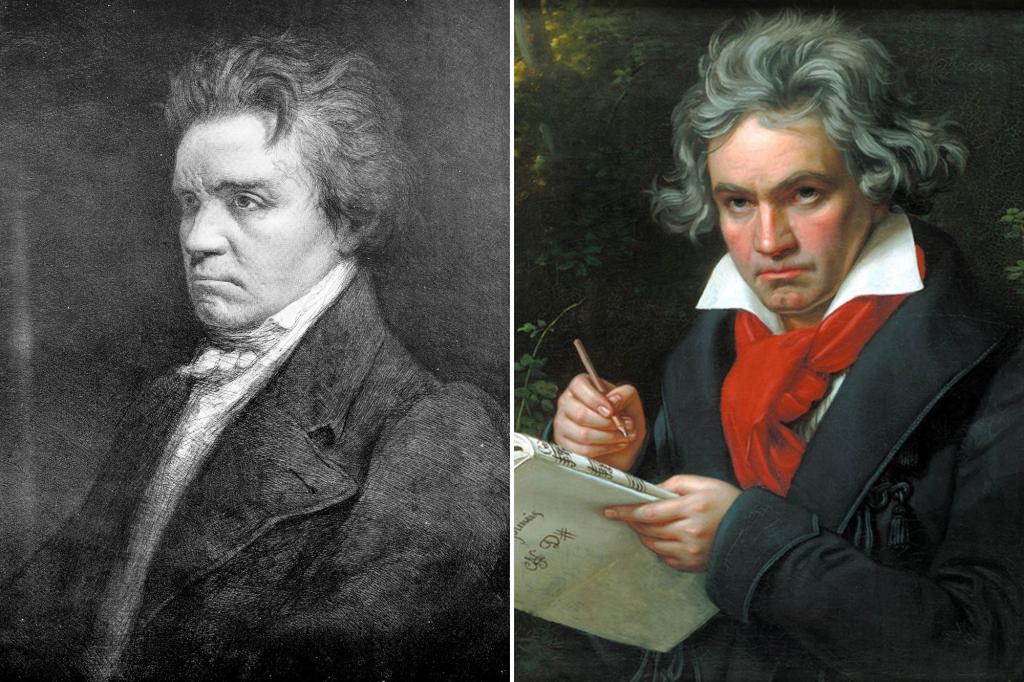Turns out Beethoven didn’t just sound intense — he looked it, too.
Nearly 200 years after Ludwig van Beethoven’s death, scientists say they’ve finally pieced together what the famously moody maestro actually looked like — and let’s just say he wouldn’t exactly be mistaken for a people person, originally reported by the Daily Mail.
“I found the face somewhat intimidating,” admitted Cicero Moraes, a Brazilian graphics expert who used 19th-century skull photos, facial modeling, and AI to reconstruct the furrowed countenance of classical music’s original bad boy.
The first-of-its-kind digital render shows the German composer just as he’s often been depicted in oil paintings: scowling and brooding.
“He was indeed irritable, untidy, clumsy, rude, and misanthropic,” British conductor Mark Wigglesworth said in a blog post — though he added, “Beethoven could be witty, caring, mischievous, generous, and kind.”
So what turned the artist formerly known as Ludwig into such a legendary grouch? Experts say it may have been as much biology as biography.
In 2023, a groundbreaking DNA study published in Current Biology cracked open the medical mystery of Beethoven’s tumultuous life — and painful death at age 56.
Researchers sequenced his genome using five strands of his preserved hair and determined he likely died from liver failure caused by chronic alcohol consumption, combined with hepatitis B and a genetic predisposition for liver disease.
Reportedly, the beloved composer began suffering bouts of jaundice in 1821, a symptom of liver disease, and had progressive hearing loss that left him completely deaf by his mid-40s.
“Most people who do genetic testing for fun, including myself, will find that there is nothing wrong with them,” lead researcher Tristan Begg said.
“But in this study we had fascinating results in every branch we looked at, from disease risk to the family tree.”
Indeed, Beethoven’s tangled roots may have been more than musical — the study also suggested a child may have been born from an affair in his family line.
As if that weren’t enough, bones believed to be fragments of Beethoven’s skull — long stashed in a tin marked “Beethoven” by the descendant of a Viennese doctor — were recently donated to the Medical University of Vienna by California businessman Paul Kaufmann.
“It is extremely emotional to me to return the fragments where they belong, back to where Beethoven is buried,” Kaufmann told CNN in 2023.
Moraes reconstructed Beethoven’s famously intense visage — aided by old skull images and tissue-thickness data — and reinforced by a death mask made while the composer still had a pulse.
“I academically explored his genius, revealing what made him an icon of Western music,” Moraes said of his 2025 study.
“I analyzed his revolutionary creativity, resilience in composing despite deafness, intense focus, problem-solving ability, and tireless productivity, despite a challenging personality.”
Read the full article here

